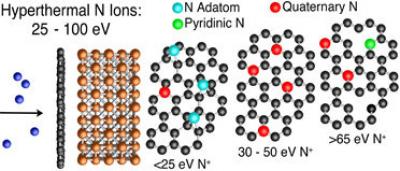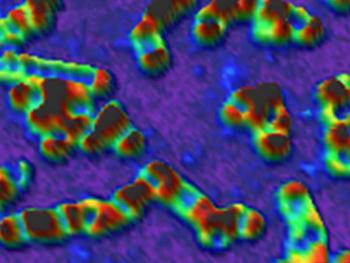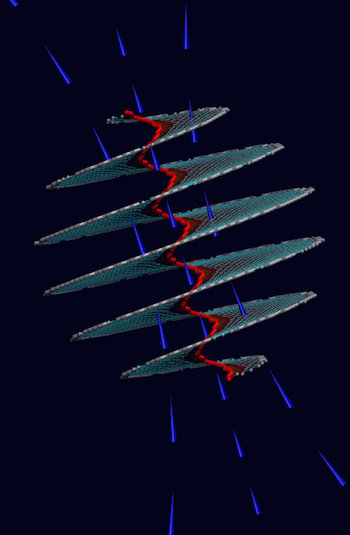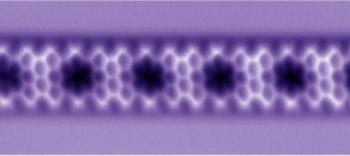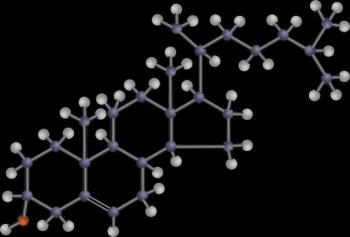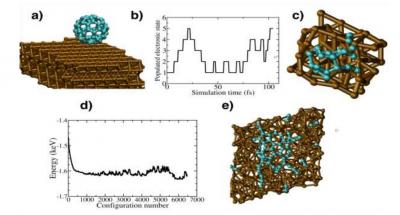Graphene quantum dots and TiO2 exhibit fascinating light harvesting capabilities
Researchers at Australia's Griffith University have discovered a fascinating mechanism, that may allow the design of a new class of composite materials for light harvesting and optoelectronics. The team has found a quantum-confined bandgap narrowing mechanism, where UV absorption of the graphene quantum dots and TiO2 nanoparticles can easily be extended into the visible light range.
According to the scientists, real life application of this would be high efficiency paintable solar cells and water purification using sun light. In addition, the team states that "this mechanism can be extremely significant for light harvesting. What's more important is we've come up with an easy way to achieve that, to make a UV absorbing material to become a visible light absorber by narrowing the bandgap."
